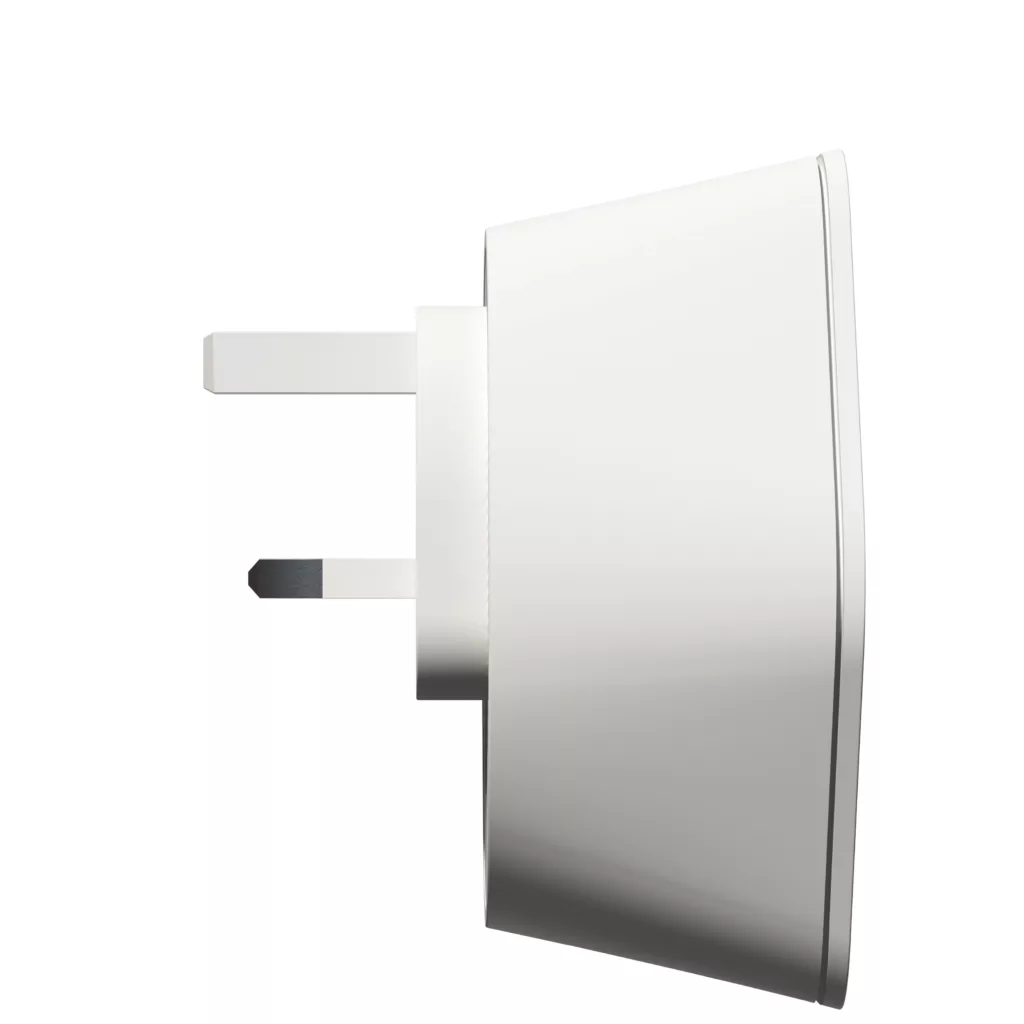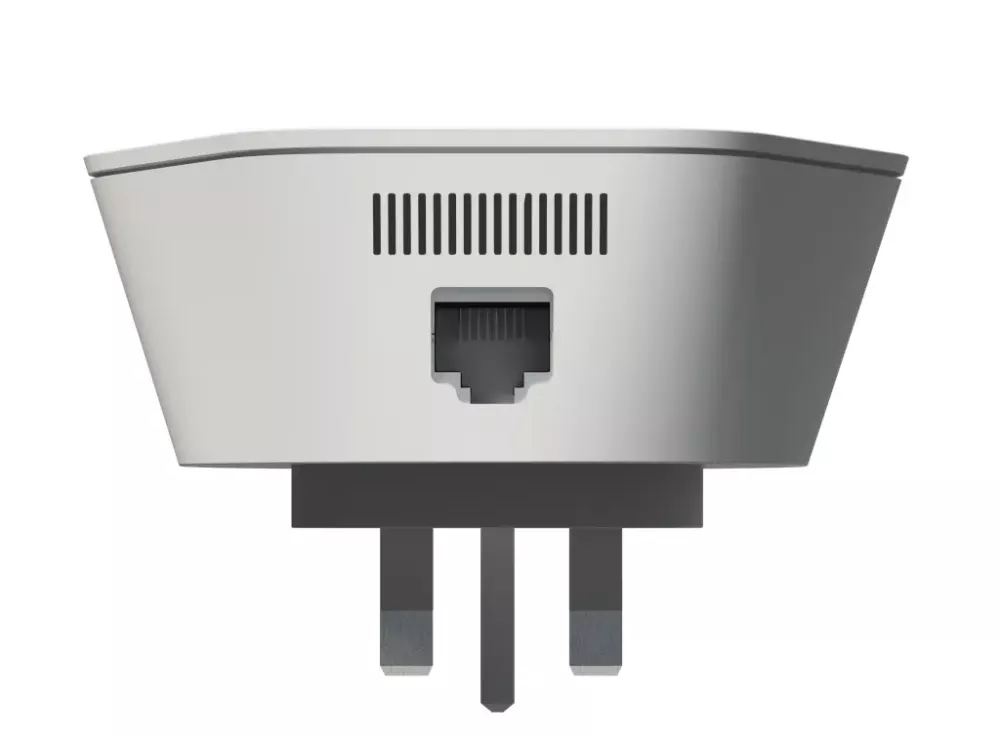
Virgin Media Intelligent Wi-Fi Plus review: is it worth the extra £5 per month?
Table Of Contents−
The broadband providers have happened upon a new way to make money from us. Instead of supplying routers that can reach every room in the home, they’re now supplying Wi-Fi mesh kits to extend range instead. BT’s doing it, Sky’s doing it and now Virgin Media has hopped on the bandwagon. Is it worth the extra fiver a month Virgin wants to charge? Let’s find out with our hands-on review of Virgin Media Intelligent Wi-Fi Plus.
Pros
- Painless installation
- Massively improves Wi-Fi coverage and speeds
- Unobtrusive, compact unit
Cons
- No need for it to be a subscription product
Related reading: What is Wi-Fi 7?
What is Virgin Media Intelligent Wi-Fi Plus?
Intelligent Wi-Fi Plus is a combination of two things. First, a bunch of software upgrades that Virgin Media has made to the Hub 3 and Hub 4 routers; and second, Wi-Fi Pods. These are small devices that look like chunky plug-in air fresheners that can extend your Wi-Fi network further around the home.
We’re not going to focus on the new router features, as they’re being rolled out to all users and it’s difficult to tell if they make any discernible difference. Instead, we’re going to focus on the Wi-Fi Pods.
Each Pod is a chunky hexagonal plug. At first glance, I thought this was going to be one of those awkward devices that would also block an adjoining plug socket, but it’s just slim enough to not cause an obstruction (provided you’re only using a regular plug in the adjacent socket).

The Virgin Pods are effectively rebadged Plume devices. If you look on the Plume website you’ll see a unit that’s nearly identical to the Virgin Wi-Fi Pod, except for the logo. However, while the Plume service comes with all sorts of extras, such as home management and parental controls, Virgin’s Pods purely focus on extending your broadband network (Virgin already provides some of these services as part of its core broadband offering, to be fair).
The Pods could not be easier to set up. You plug them into the wall and after a few minutes of the light blinking on the front of the device, they automatically latch onto your Hub – there is no more to it than that. The Pods use the same Wi-Fi network name and password as your main router, so you don’t need to change any settings on your phones, laptops or other Wi-Fi-connected equipment. Your devices will simply connect to whichever device gives them the strongest signal: the Hub or the Pod.
Virgin recommends you place the Pod halfway between your Hub and any Wi-Fi blackspots in the home. If you don’t get it right the first time, you can just move it to another plug socket and see if that improves matters.
If one Pod isn’t enough to eradicate all your blackspots, Virgin’s PR spokesperson said the company will send another or even a third until you’ve got full coverage – all for the same £5 per month on top of your current broadband bill (Ultimate Oomph and Gig1 customers get it for no extra cost). Given my rather ropey experience with Virgin Media’s support team, I somehow doubt it’s going to be as easy as ringing them up and asking for another Pod, but I’ll be delighted to be proved wrong.
How well do the Wi-Fi Pods perform?
The first thing to state here is that my Virgin Media broadband setup is far from typical. I have Virgin Media connected to my home office, which is a converted brick garage that’s detached from the main house. The house is served by its own fibre connection so that I have separate connections for home and business.
The Virgin Wi-Fi can reach most of the house, but the signal passes through two external walls to reach the house, so there are blackspots – such as the bedrooms furthest away from the office.
The crucial thing to note, then, is that I’m testing this equipment in conditions that will likely be far more challenging than usual because the main Hub will normally be in the house. The signal won’t have to pass through the thicker external walls that are harder to penetrate.
All of which makes the results below all the more impressive. These reveal the connection speeds achieved in various rooms when connected purely to the Hub 3 and when a Pod was placed in the ground-floor living room, about 4m and two external walls away. Speeds are expressed in Mbits/sec and show download/upload speeds. So, for example, when connected to the Hub alone in the living room, I measured download speeds of 20Mbits/sec and uploads of 6.8Mbits/sec.
| Connected to Hub alone | With Wi-Fi Pod in living room | |
| Living room | 20/6.8 | 55/15.5 |
| First-floor bedroom | No connection | 52.4/5.1 |
| Second-floor bedroom | No connection | 0.13/0.73 |
As you can see, the Pod’s presence more than doubled speeds in the living room (the room the Pod was placed in), and turned a first-floor bedroom blackspot into a room with a very decent connection speed.
The bedroom in the second-floor loft proved beyond the reach of the Pod, however, barely scraped a result at all, so I moved the Pod up to a bedroom on the first floor that was closest to the Hub in the office to see if that improved matters. The results are below:
| Connected to Hub alone | With Wi-Fi Pod in first-floor bedroom | |
| Living room | 20/6.8 | 61.8/20.5 |
| First-floor bedroom | No connection | 62.1/19.9 |
| Second-floor bedroom | No connection | 46.3/18.9 |
Moving the Pod up a floor made a big difference, giving the loft bedroom on the second floor a decent connection as well as improving speeds in the two other rooms. (Yes, it’s odd that the living room connection speed was faster with the Pod not in the same room, but it’s not by much – almost margin of error stuff – and Wi-Fi has lots of weird wibbles.)
It’s important to state that my Virgin line has a speed of 220Mbits/sec download, and 20Mbits/sec upload, which I get consistently when connected via Ethernet in the office. So even with the Wi-Fi Pod, the connection has lost around three-quarters of its download speed, but remember this is going through two external walls. If your Hub is in the house, I’d expect much higher speeds. Nevertheless, 60Mbits/sec downloads are more than fast enough for most needs.

One final point on speeds: the Pod has an Ethernet socket in the bottom, allowing you to wire one device to the Pod. You would normally expect this to deliver faster connection speeds than a Wi-Fi connection, but in my tests, it made little or no difference. However, wiring is likely to lead to a more stable connection.
Is Virgin Media Intelligent Wi-Fi Plus worth it?
Judging by my tests – which as I mentioned above, were conducted in far tougher circumstances than you would get in most homes – I’d have to say yes.
The setup was utterly painless, the speed improvement was massive and two rooms that were previously blackspots were instantly flooded with high-speed Wi-Fi.
My only objection to Virgin Media Intelligent Wi-Fi Plus and the Wi-Fi Pods is the way they’re sold as a subscription service. £5 a month extra doesn’t sound like much, but £60 a year will – over the course of three or four years – prove as expensive as a decent mesh router system. There’s no need for these things to be a recurring subscription. You should be able to buy them for a one-off fee.
Virgin is not alone here, as noted. All of the major broadband providers and even some of the smaller players with very strong reputations, such as Zen Internet, are doing likewise. But this constant drag to make everything in tech a subscription is infuriating and the only thing stopping me from giving this kit my wholehearted recommendation.
NEXT UP

Eight lessons from building an AI product
In 2021, long before ChatGPT, Prashant Mahajan built his own generative AI tool for product managers. Here, he shares his playbook for building an AI product that will stand out from the crowd.

Taavi Tamkivi, Founder and CEO of Salv: “Collaboration between financial institutions, or rather lack of it, has traditionally been a challenge”
We interview Taavi Tamkivi, the Founder and CEO of Salv, a regtech company on a mission to beat financial crime

Apple AI iPhones move one step closer with on-device AI experiments
Apple AI iPhones are a distinct possibility with the release of experimental language models that could run easily on a phone